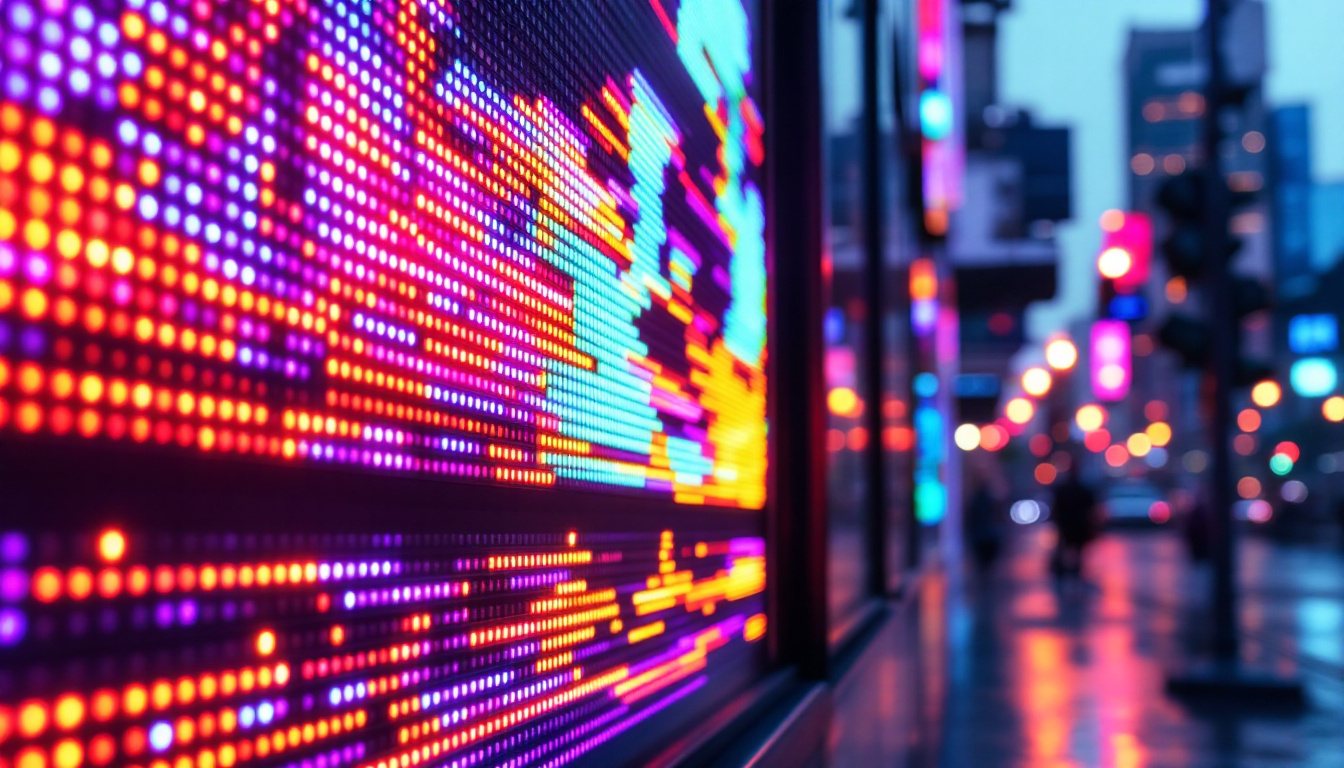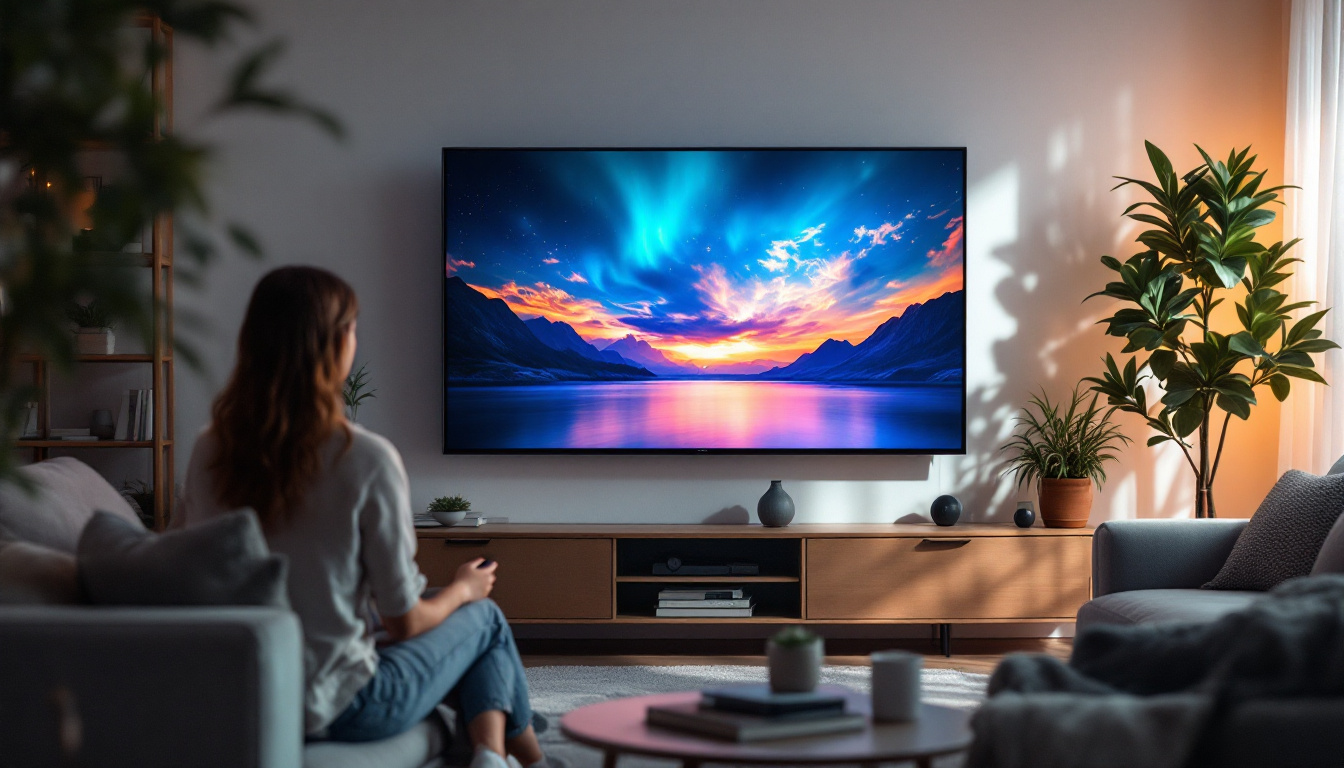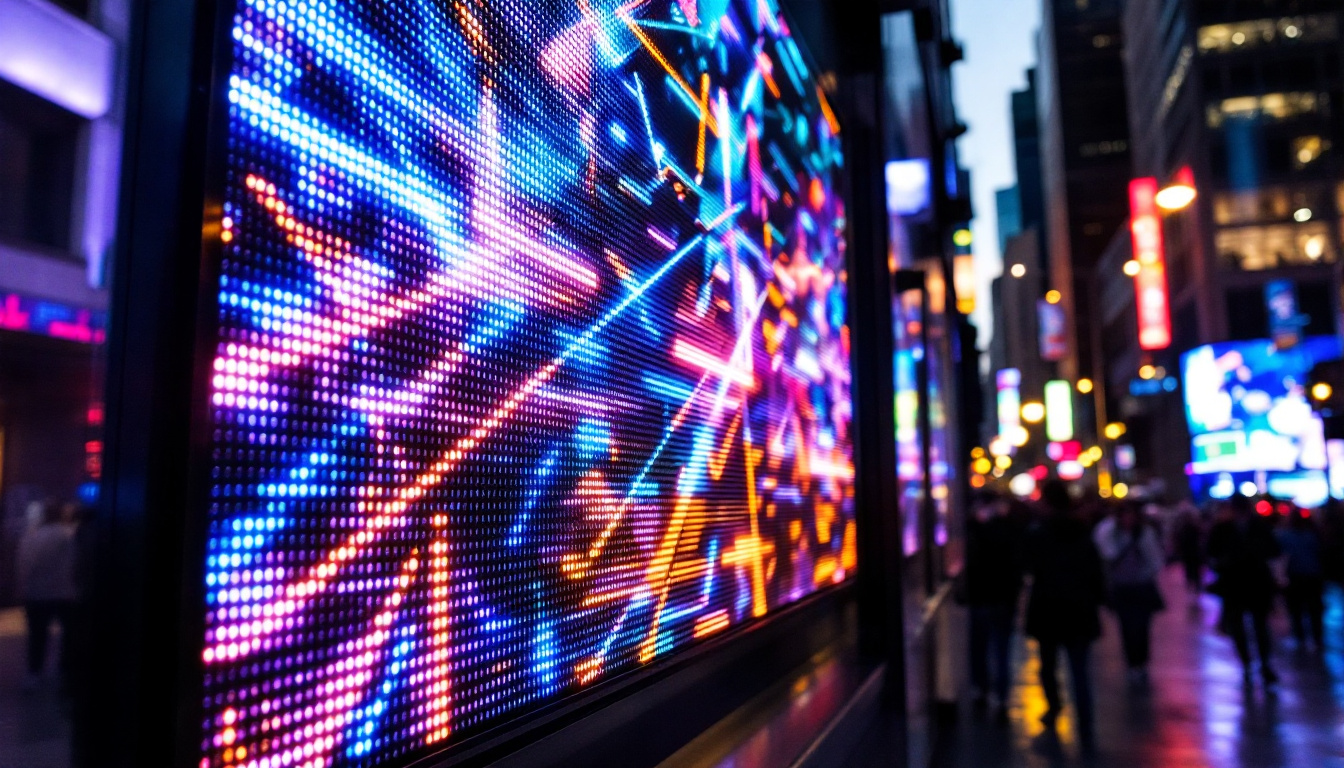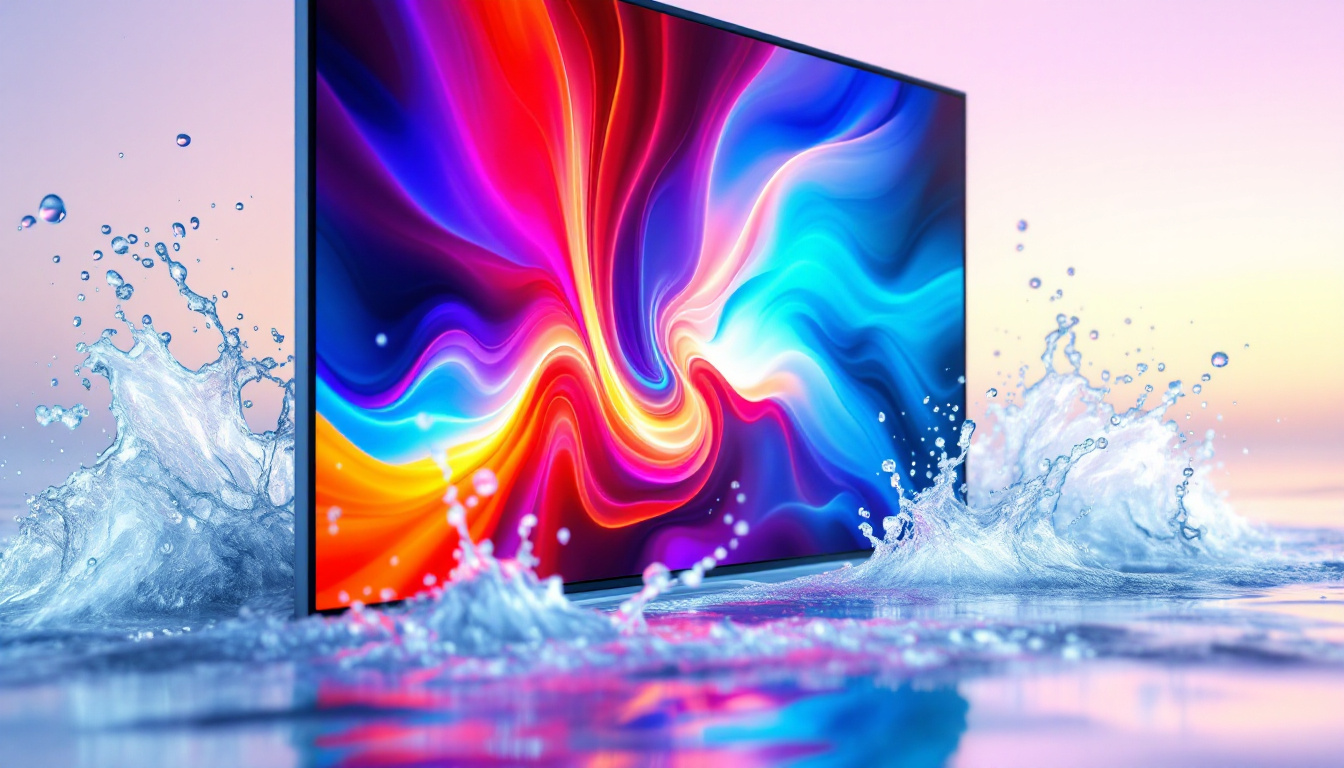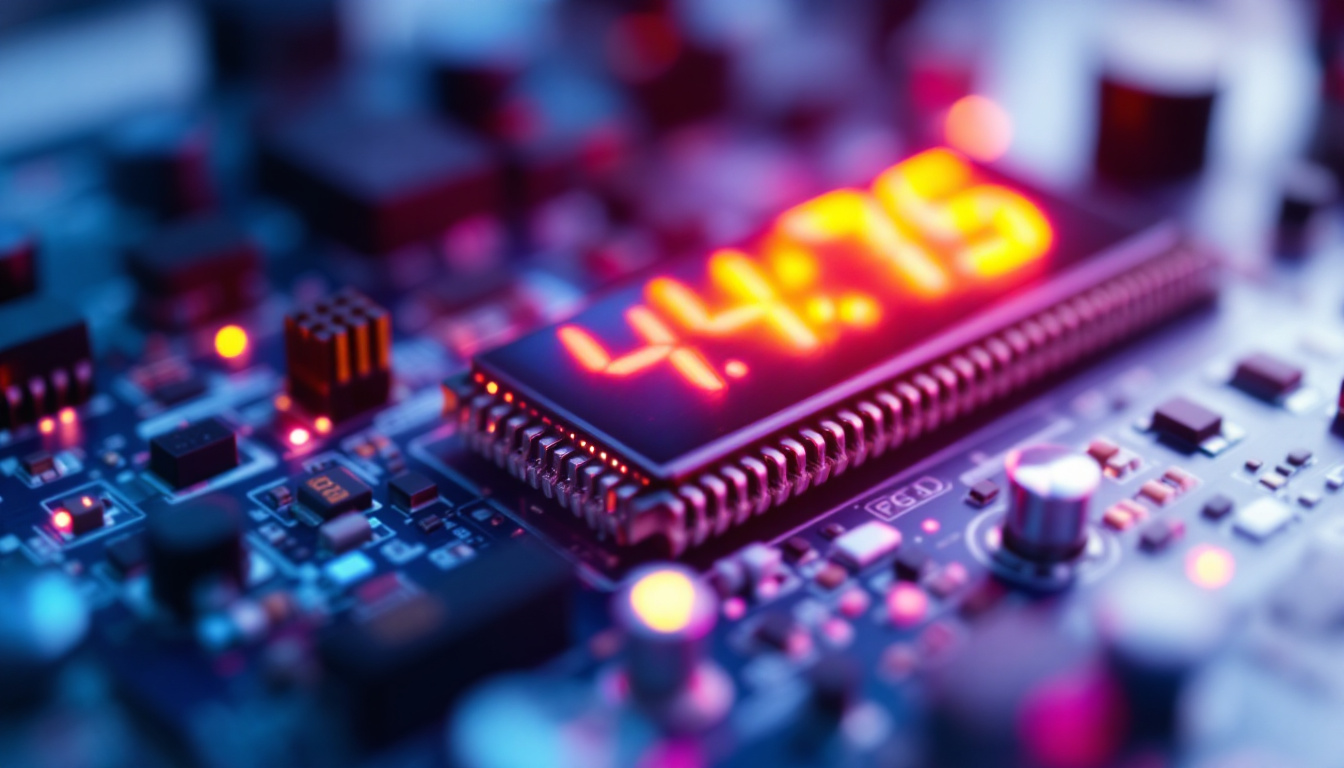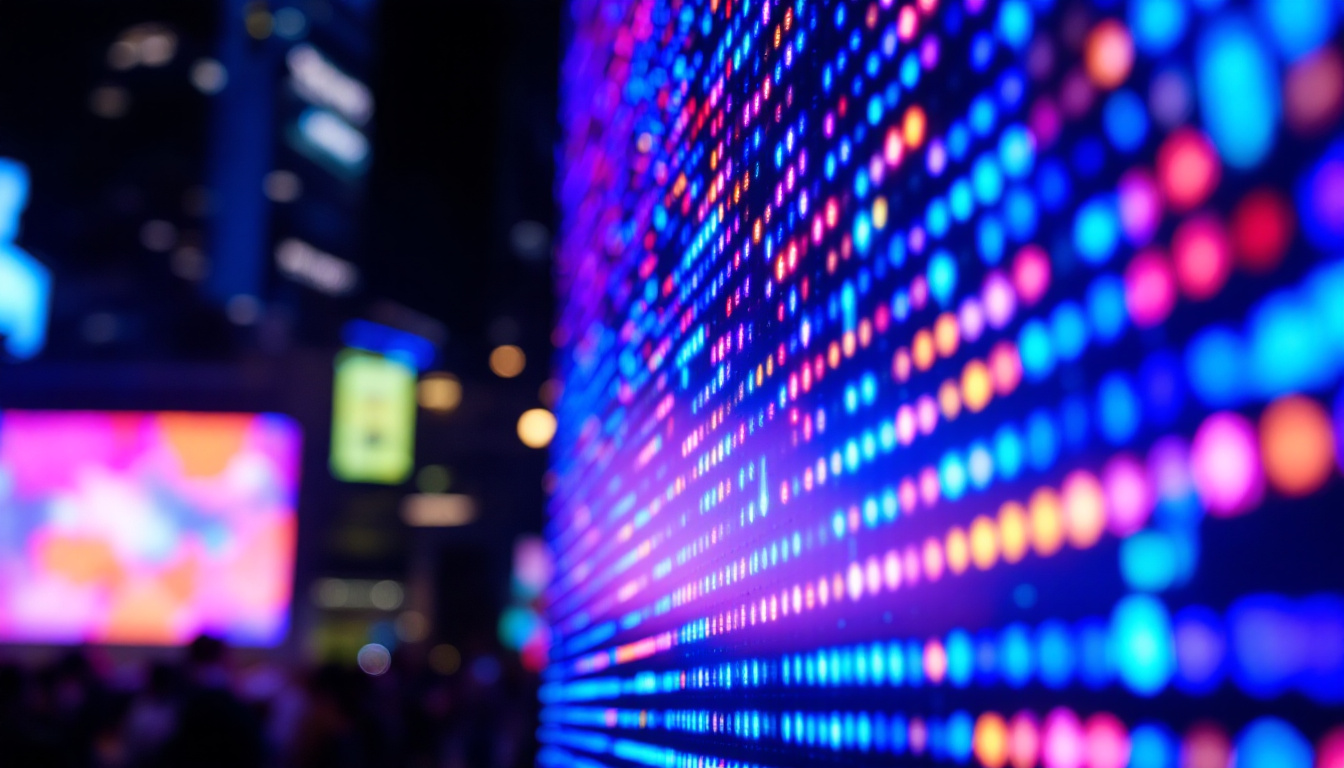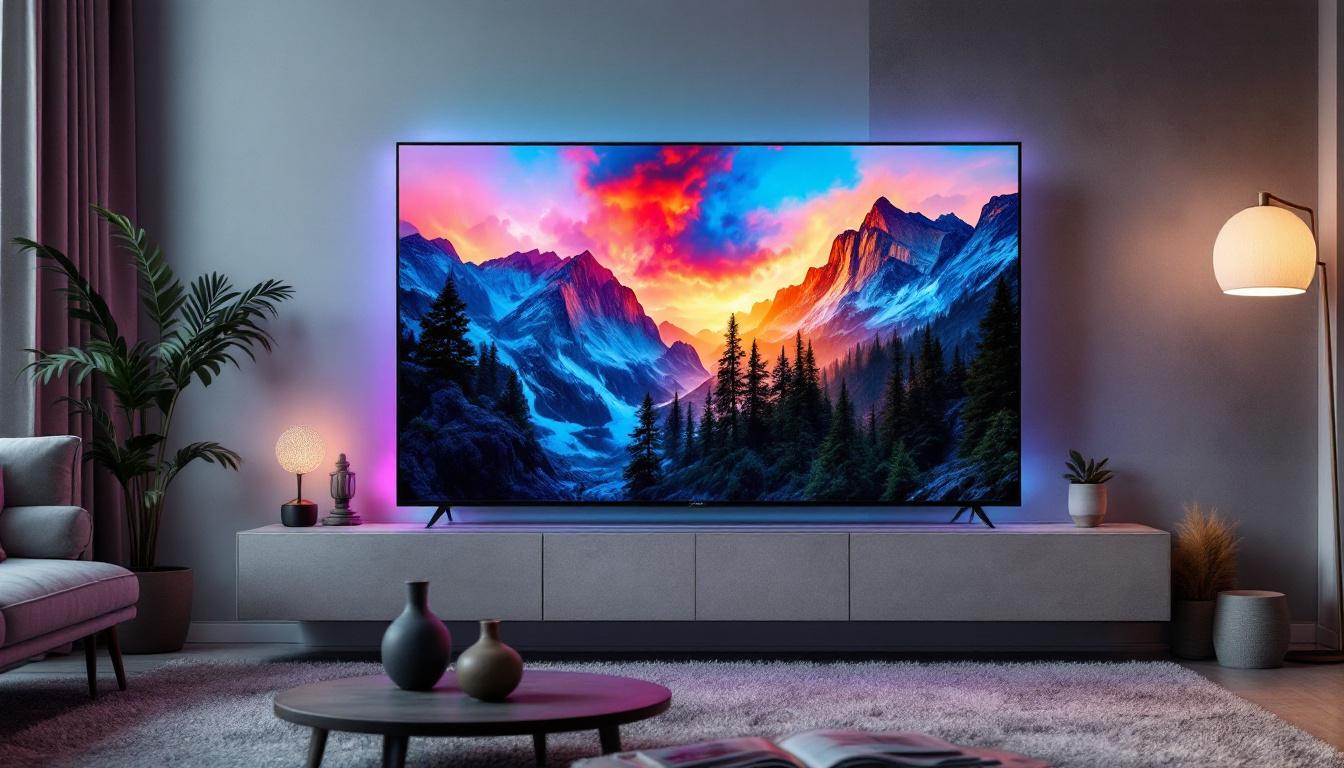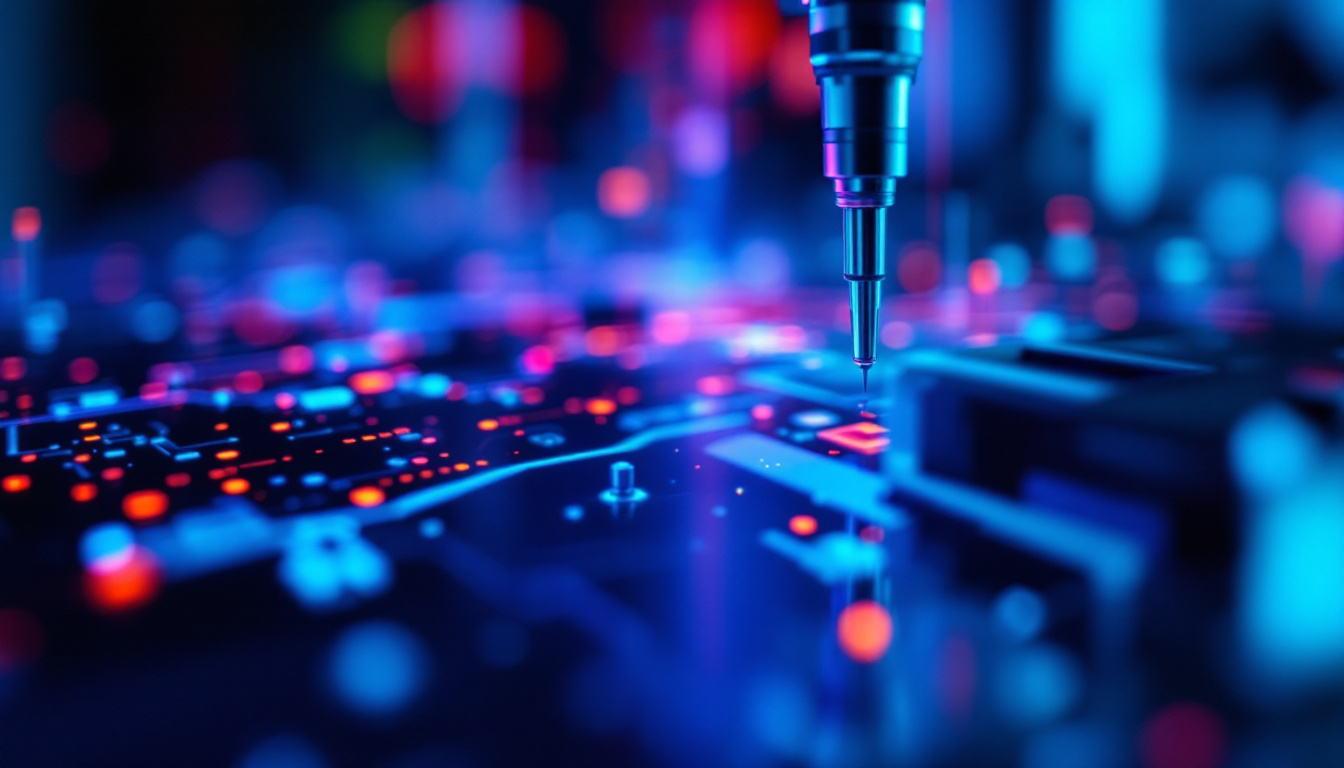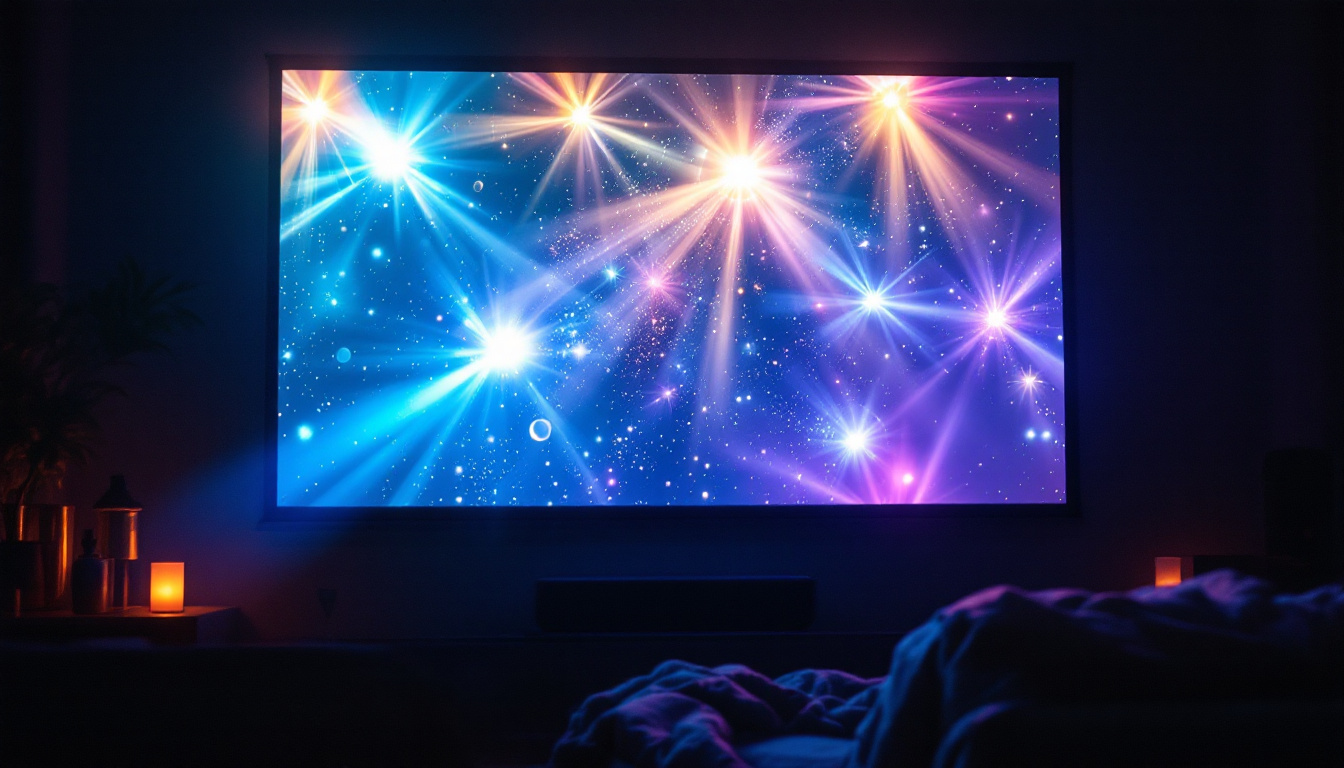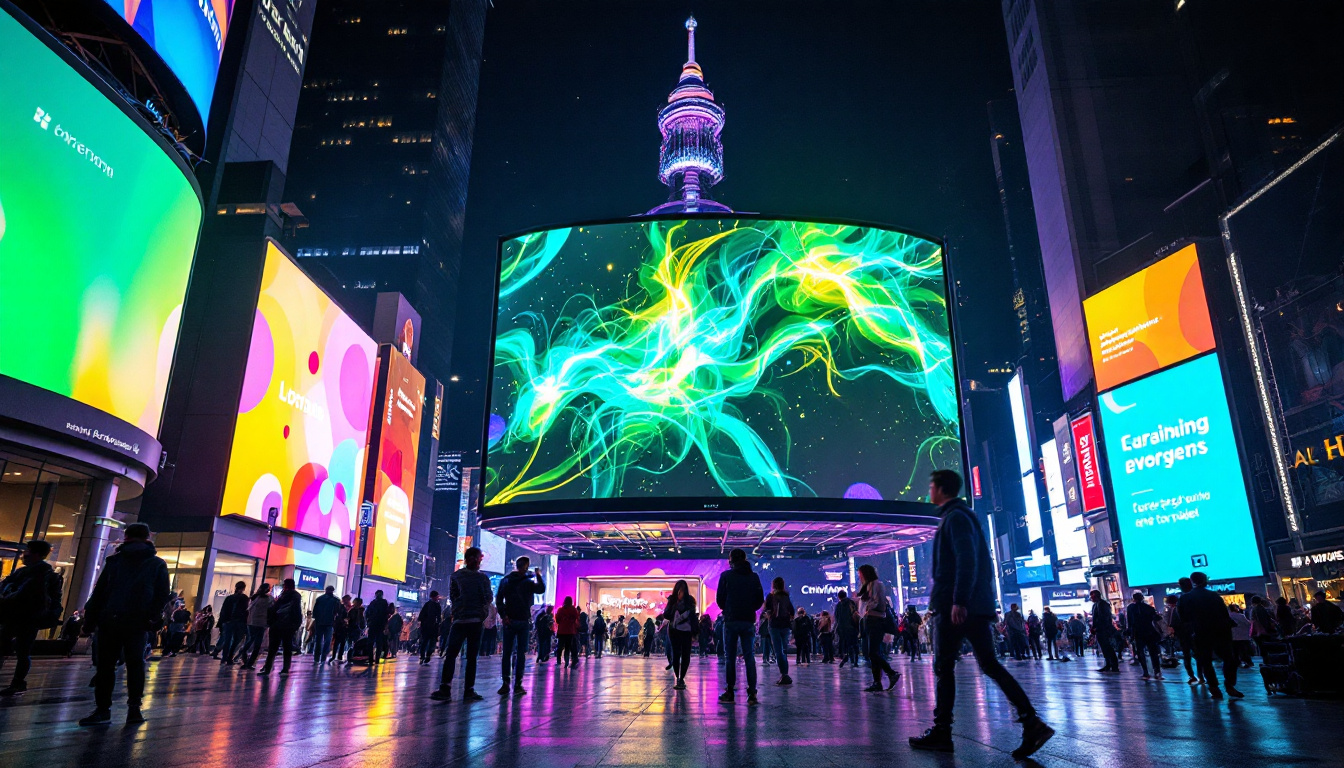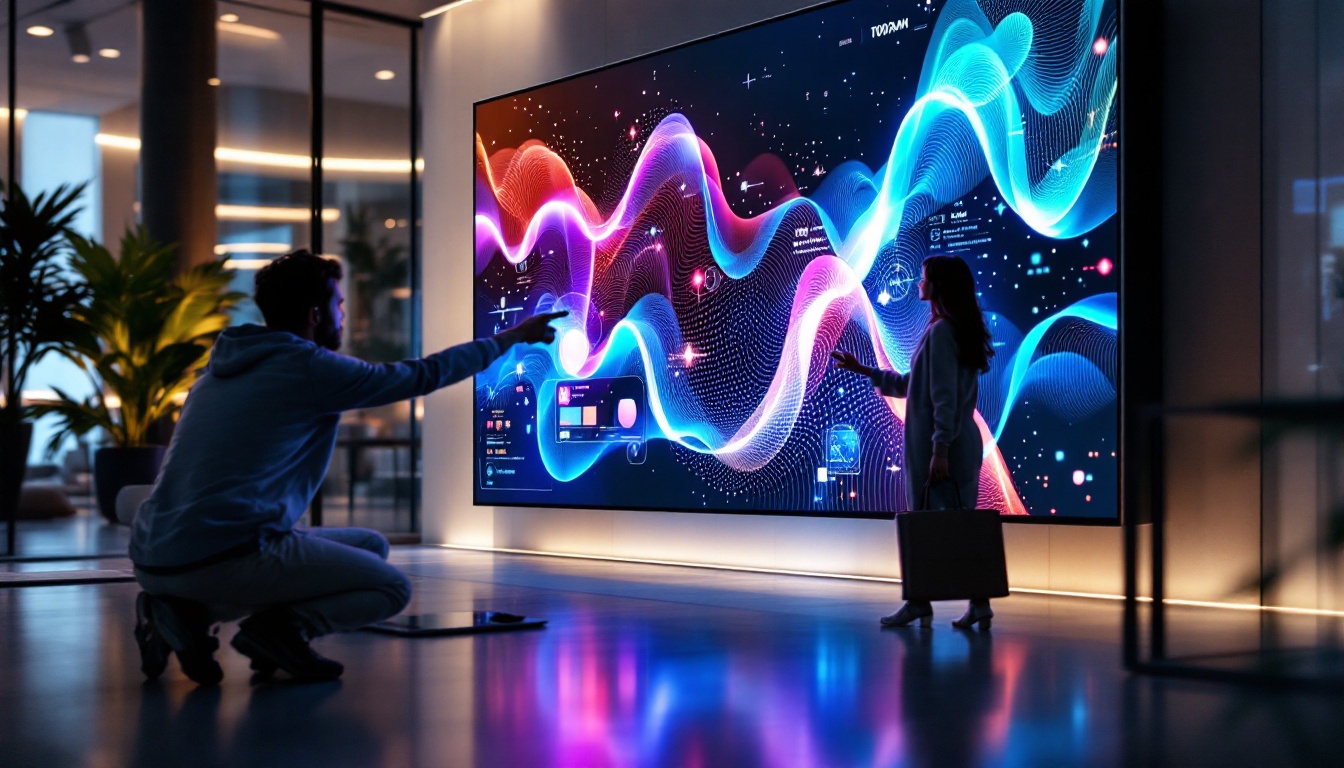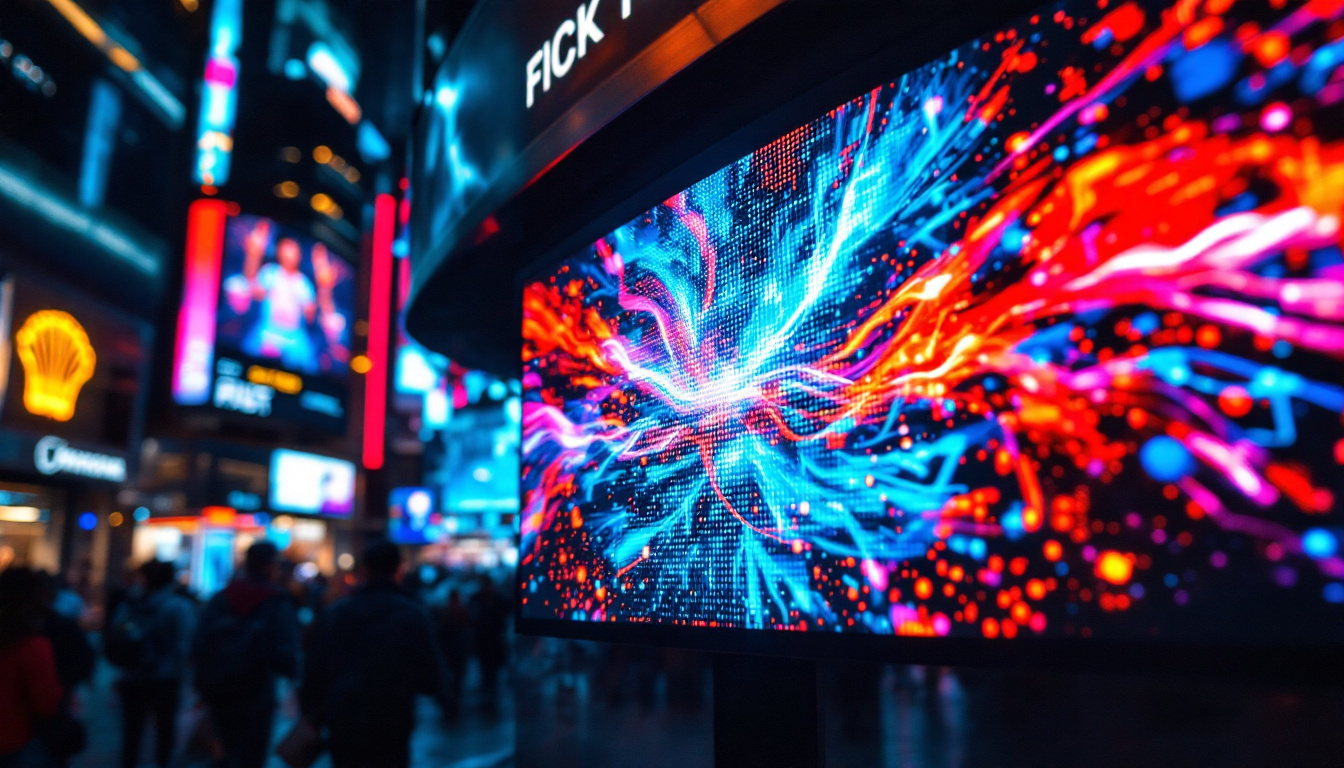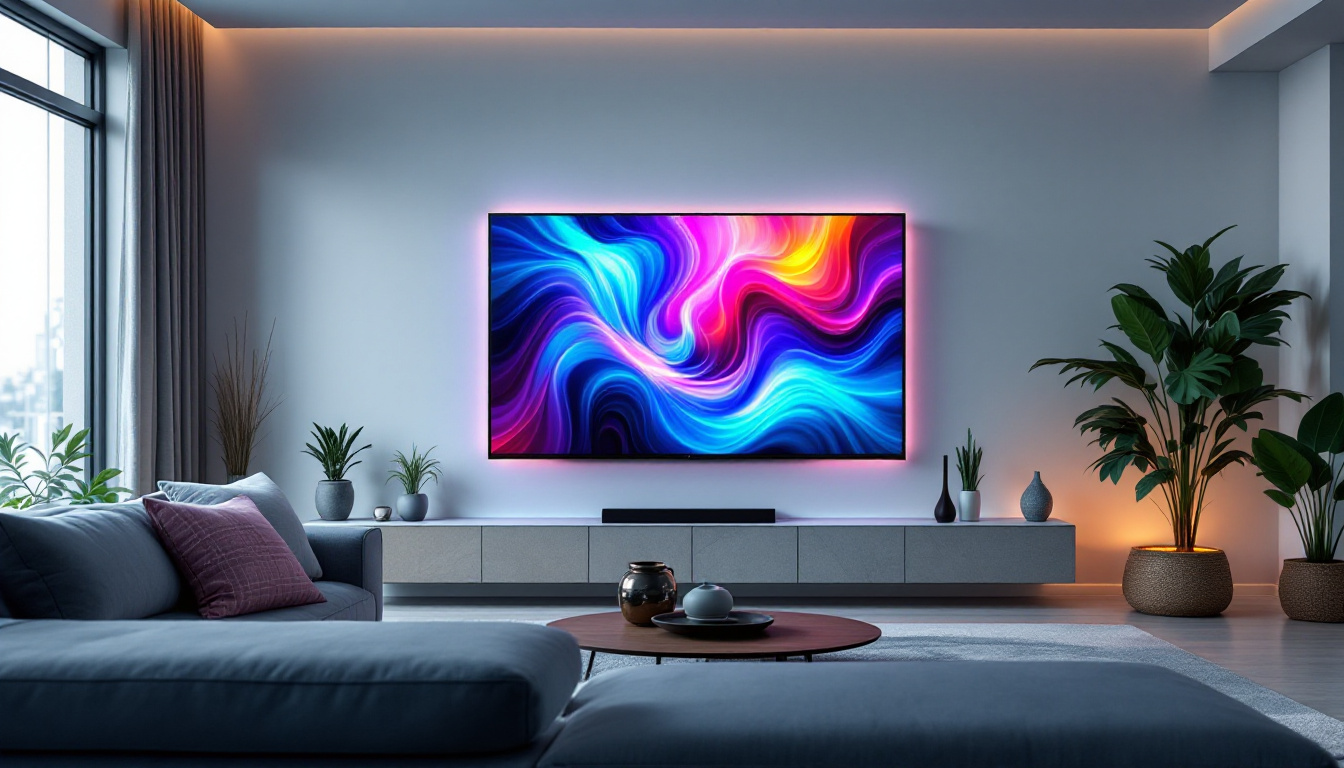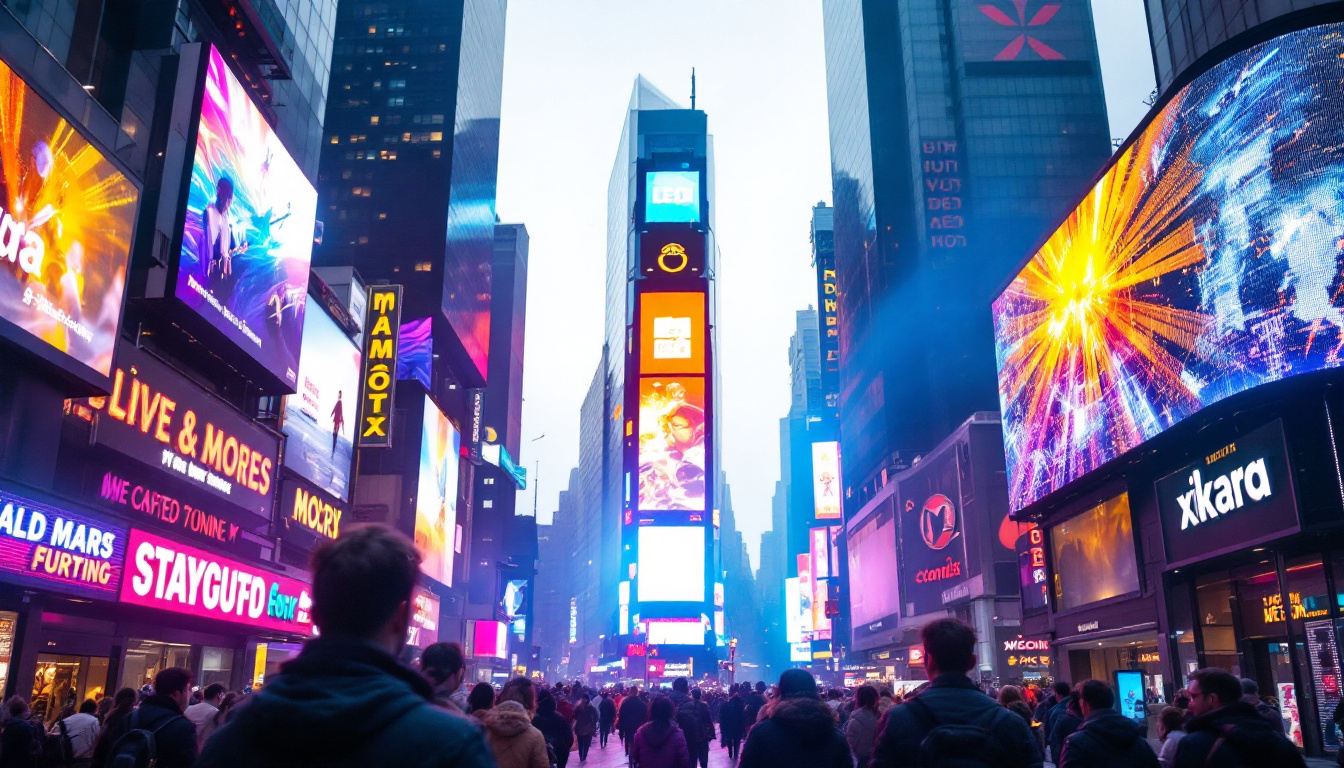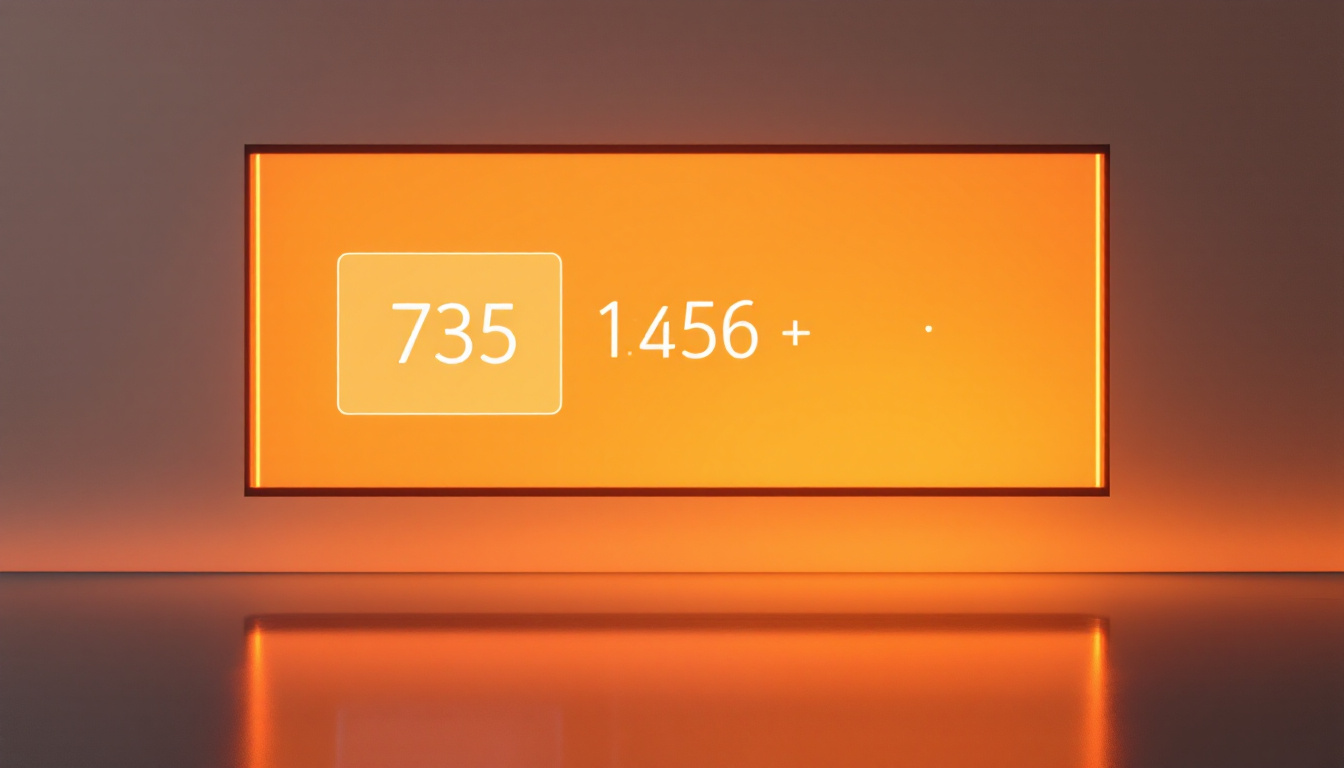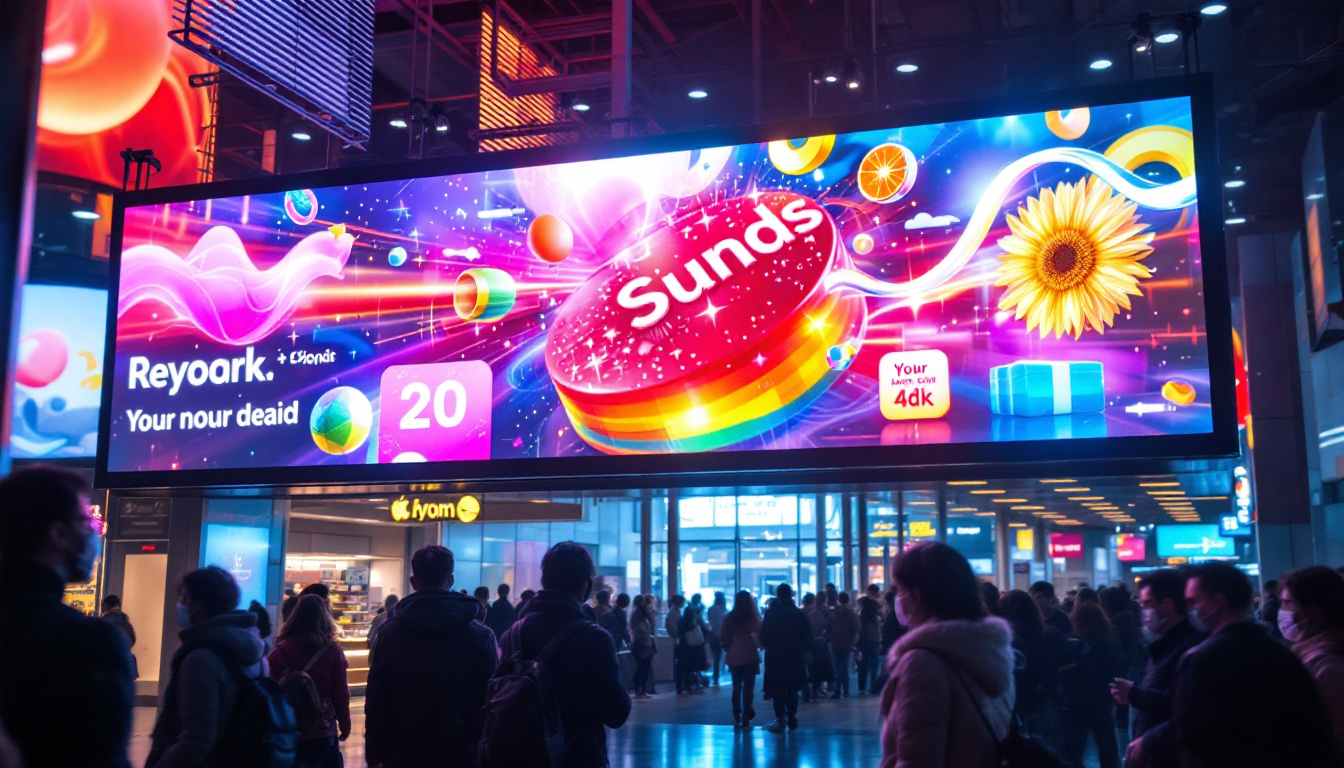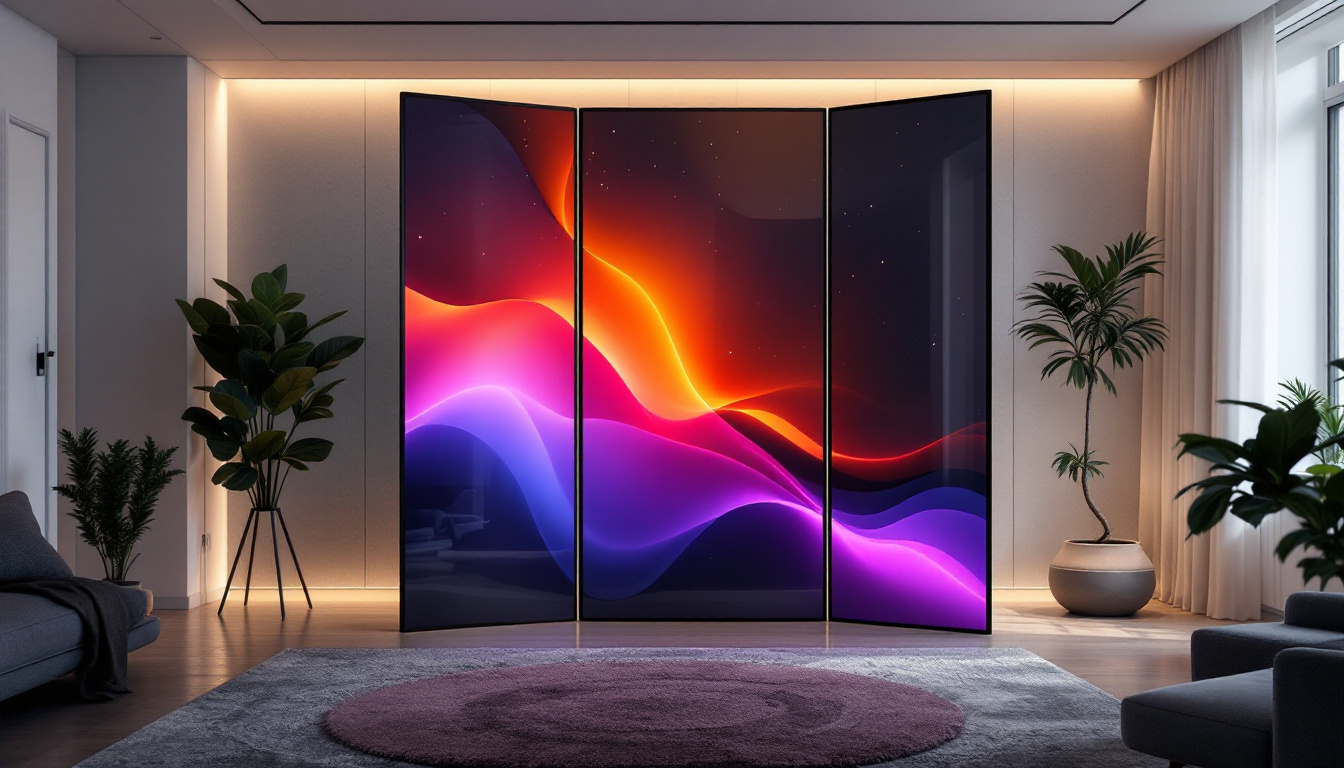In the world of scale modeling, lighting can transform a simple display into a stunning visual masterpiece. Among the various lighting technologies available, micro LED lights have emerged as a game-changer for model enthusiasts and professionals alike. These tiny, efficient, and bright LEDs offer unparalleled opportunities to enhance the realism and detail of models, from architectural mock-ups to intricate train sets and scale vehicles.
This article delves into the technology behind micro LED lights, their advantages over traditional lighting, and practical guidance on integrating them into your modeling projects. Whether you’re a hobbyist aiming to elevate your diorama or a professional designer seeking cutting-edge display solutions, understanding micro LED technology is essential.
Understanding Micro LED Technology
What Are Micro LEDs?
Micro LEDs are miniature light-emitting diodes that measure just a few micrometers in size—typically smaller than 100 microns. Unlike conventional LEDs, which can be several millimeters in size, micro LEDs are designed at a microscopic scale, allowing for extremely high pixel density and brightness in compact spaces.
Originally developed for next-generation display technologies, micro LEDs have found applications beyond screens, including in precision lighting for models and miniatures. Their small size enables integration into tight spaces without compromising on luminosity or color quality. This versatility has made them a popular choice not only in consumer electronics but also in automotive lighting, architectural displays, and even wearable technology. As industries continue to innovate, the potential uses for micro LEDs seem almost limitless, paving the way for more immersive and interactive experiences.
How Micro LEDs Differ From Other LED Types
Traditional LEDs, often used in model lighting, come in various sizes and colors but tend to be bulkier and less energy-efficient compared to micro LEDs. In contrast, micro LEDs offer:
- Higher brightness: Micro LEDs can achieve luminance levels up to 1,000 nits or more, making them visible even under bright ambient lighting.
- Lower power consumption: Due to their efficiency, micro LEDs consume less power, which is crucial for battery-operated or compact model setups.
- Superior color accuracy: Micro LEDs can produce a wider color gamut, enhancing the realism of illuminated models.
- Longer lifespan: With solid-state construction and less heat generation, micro LEDs typically last longer than conventional LEDs.
Moreover, the manufacturing process for micro LEDs involves techniques such as micro-transfer printing and laser lift-off, which allow for the precise placement of these tiny diodes on various substrates. This precision not only enhances the performance of the displays but also enables the creation of flexible and transparent screens that can be integrated into a variety of surfaces. As research progresses, we may see even more innovative applications emerge, such as in augmented reality glasses that require high-resolution displays in a compact form factor, further demonstrating the transformative potential of micro LED technology.
Applications of Micro LEDs in Model Lighting
Architectural Models
Architectural scale models benefit immensely from micro LED lighting. The ability to embed tiny lights within windows, street lamps, and interior spaces creates a lifelike ambiance that static models cannot achieve. For example, micro LEDs can simulate realistic nighttime cityscapes with varying light intensities and colors, giving clients and viewers a vivid impression of the design.
Moreover, micro LEDs enable dynamic lighting effects such as gradual dimming or color changes, which can mimic real-world lighting conditions like sunrise or sunset. This dynamic capability adds an immersive layer to architectural presentations.
Scale Vehicles and Aircraft
In scale modeling of vehicles—cars, trains, airplanes—micro LEDs allow for precise replication of headlights, taillights, cockpit displays, and instrument panels. Their small size means they can be hidden within the model’s framework without disrupting the scale or design integrity.
For instance, model railroad enthusiasts often use micro LEDs to illuminate train interiors and station platforms, enhancing the overall scene realism. Similarly, model aircraft can feature working navigation lights and cockpit indicators, adding a professional touch to the display.
Dioramas and Miniature Scenes
Dioramas are storytelling tools, and lighting plays a critical role in setting the mood. Micro LEDs facilitate subtle lighting effects such as flickering campfires, glowing street lamps, or neon signs in miniature urban scenes. Their precision allows for selective illumination of specific areas, guiding viewer attention and enhancing narrative depth.
Because micro LEDs generate minimal heat, they are safe to use near delicate materials like paper, fabric, or plastic, which are common in diorama construction.
Technical Considerations for Using Micro LEDs in Models
Power Supply and Wiring
One of the challenges in integrating micro LEDs into models is managing power supply and wiring without cluttering the display. Due to their low power requirements, micro LEDs can often be powered by small batteries or low-voltage DC sources, making them ideal for portable models.
However, because of their tiny size, micro LEDs require precise soldering and careful handling. Using flexible printed circuit boards (PCBs) or custom wiring harnesses can simplify installation and improve durability. Additionally, incorporating microcontrollers or LED drivers allows for advanced control, such as dimming, blinking, or color cycling.
Heat Management
While micro LEDs produce less heat than traditional lighting, heat dissipation remains a consideration, especially in densely packed displays. Overheating can reduce LED lifespan and potentially damage sensitive model materials.
Designers often use heat sinks, thermal pads, or strategically placed ventilation to mitigate heat buildup. Selecting LEDs with appropriate power ratings and limiting continuous operation time also helps maintain optimal temperatures.
Color and Brightness Calibration
Achieving realistic lighting effects requires careful calibration of color temperature and brightness. Micro LEDs come in various color temperatures, from warm white (around 2700K) to cool white (up to 6500K), as well as RGB variants for dynamic color mixing.
For architectural models, warm white LEDs often simulate interior lighting, while cooler whites replicate daylight. RGB micro LEDs enable creative effects but require programming and control hardware to manage color transitions smoothly.
Advantages of Micro LED Displays Over Other Lighting Methods
Enhanced Realism and Detail
Micro LEDs allow for pinpoint illumination, which is difficult to achieve with fiber optics or traditional LEDs. This precision enables modelers to highlight intricate details, such as illuminated signage or dashboard instruments, with remarkable clarity.
Energy Efficiency and Sustainability
With global emphasis on energy conservation, micro LEDs offer a sustainable lighting solution. Their low power consumption extends battery life in portable models and reduces electricity usage in permanent displays, aligning with eco-friendly practices.
Durability and Longevity
Micro LEDs are solid-state devices, meaning they have no filaments or fragile components prone to failure. This robustness translates into longer-lasting lighting solutions that require less maintenance and replacement, an important factor for long-term exhibits or commercial displays.
Challenges and Limitations of Micro LED Integration
Cost Considerations
Despite their benefits, micro LEDs can be more expensive than conventional LEDs, especially when sourced in small quantities. The cost of specialized drivers, control circuits, and custom PCBs can add up, making micro LED integration a significant investment for hobbyists.
However, as the technology matures and manufacturing scales up, prices are expected to decrease, making micro LEDs more accessible to a wider audience.
Complexity of Installation
The microscopic size of micro LEDs demands precision during installation. Soldering and wiring require steady hands and often magnification tools. Additionally, programming RGB micro LEDs for dynamic effects involves a learning curve in electronics and coding.
For beginners, this complexity can be a barrier, but numerous tutorials and kits are now available to ease the learning process.
Future Trends in Micro LED Technology for Models
Integration With Smart Controls
As smart home and IoT technologies evolve, micro LED lighting in models is increasingly integrated with wireless controls, sensors, and automation. This enables remote operation, synchronized lighting effects, and adaptive illumination based on environmental conditions.
Advancements in Flexible and Transparent Displays
Research into flexible and transparent micro LED displays promises new possibilities for model lighting. Flexible micro LED strips can conform to curved surfaces, expanding design options, while transparent displays could overlay information or effects without obscuring the model.
Higher Resolution and Miniaturization
Ongoing improvements in micro LED fabrication are pushing pixel densities higher, allowing for ultra-fine detail in illuminated models. This miniaturization opens doors to applications previously limited by size constraints, such as wearable tech models or micro-scale prototypes.
Practical Tips for Modelers Using Micro LEDs
Plan Your Lighting Design Early
Incorporate lighting considerations during the initial design phase of your model. Mapping out LED placement, wiring routes, and power sources upfront prevents costly modifications later and ensures optimal lighting effects.
Use Quality Components and Tools
Invest in reliable micro LEDs, soldering equipment, and control hardware. High-quality components reduce failure rates and improve overall performance, making your project more rewarding and durable.
Experiment With Diffusers and Lenses
To soften harsh LED light or create specific effects, use diffusers, frosted covers, or micro lenses. These accessories help distribute light evenly and enhance realism without increasing complexity.
Leverage Community Resources
Engage with online forums, maker communities, and tutorials focused on micro LED applications in modeling. Sharing experiences and learning from others accelerates skill development and inspires creative ideas.
Conclusion
Micro LED technology represents a significant advancement in model lighting, offering unmatched brightness, efficiency, and versatility in miniature form factors. Its ability to enhance realism and detail makes it an invaluable tool for architects, hobbyists, and professionals alike.
While challenges such as cost and installation complexity exist, ongoing technological progress and community support are making micro LEDs increasingly accessible. By understanding the fundamentals and practical considerations outlined in this article, modelers can harness the full potential of micro LED lighting to bring their creations to life with stunning visual impact.
Illuminate Your Models with LumenMatrix
Ready to take your modeling projects to the next level with the brilliance of micro LED technology? Discover LumenMatrix’s comprehensive range of LED display solutions, designed to bring your creative visions to life. From Indoor and Outdoor LED Wall Displays to intricate Vehicle and Custom LED Displays, LumenMatrix is your partner in crafting immersive visual experiences. Elevate your models with our cutting-edge LED technology that promises to captivate and engage. Check out LumenMatrix LED Display Solutions today and transform your visual storytelling into an art form.


